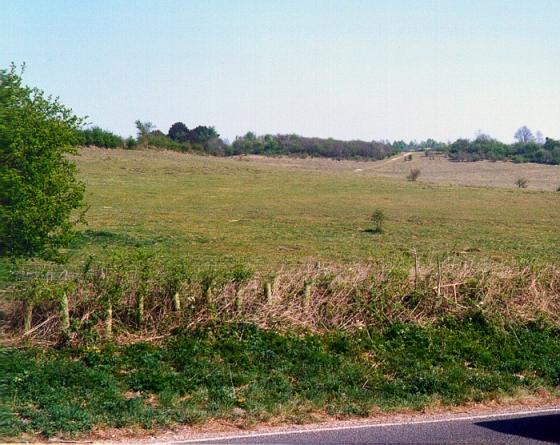The following extract taken from Paul Ashbee’s “Barrows, Cairns and a few imposters” highlights an interesting longbarrow with a mortuary enclosure. There seemed to be no evidence of any timber remains under the barrow itself amongst the flints when it was excavated, but that ‘the flints remained in a roughly ridged form’.
The collapse of the barrow on itself, timbers decaying over time, had forced out ‘stacked long bones’; skulls were also found in an ‘exploded’ condition. The barrows length was 135 feet.
“What did barrows look like when first raised? At Fussell’s Lodge long barrow, near Salisbury, the discovery of post-holes in a lengthy, trapezoidal structure showed that initially there had been a structure resembling a Neolithic long house of the type found widely on the Continent. Subsequent long barrow excavations showed that this formula was widely followed. These surrogate long houses contained deposits of human bone that were added to and subtracted from, for more than a millennium, and rites pertaining to ancestors and fertility were no doubt performed. Long barrows, the long houses of the dead, should be regarded as shrines rather than mausolea.”
britarch.ac.uk/ba/ba32/Ba32feat.html
The ‘long houses of the dead’ are explored by Richard Bradley in his book ‘The Significance of Monuments’.











































































































